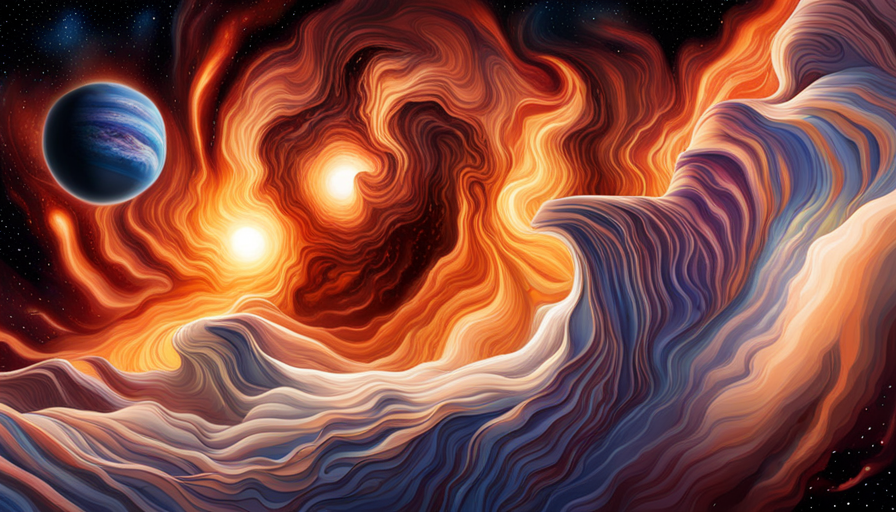
Planetesimal Formation Criteria and the Initial Mass Function
Planet formation theory seeks to answer the question how micro-meter sized dust grains that inhabit the interstellar medium assemble themselves into planets. One problem that I have been particularly interested in throughout my entire career in astrophysics is the formation of planetesimals – ~ 100 km sized boulders (think asteroids) and the building blocks of planets. Their formation has been a longstanding area of research because dust grains as they grow to cm and meter sizes, also increase their radial drift velocities, as well as their relative velocities. This leads to radial removal of material as well as collisional fragmentation, both of which inhibit growth past ~meter sizes.
In order to circumvent these growth barriers, leading theories have to appeal to a series of complex processes. In my research, I largely study the gravitational collapse framework, according to which planetesimals emerge when a dense clump of dust grains becomes unstable and contracts under its own gravity.